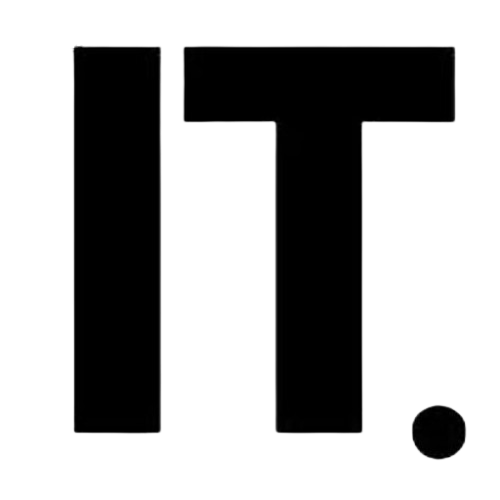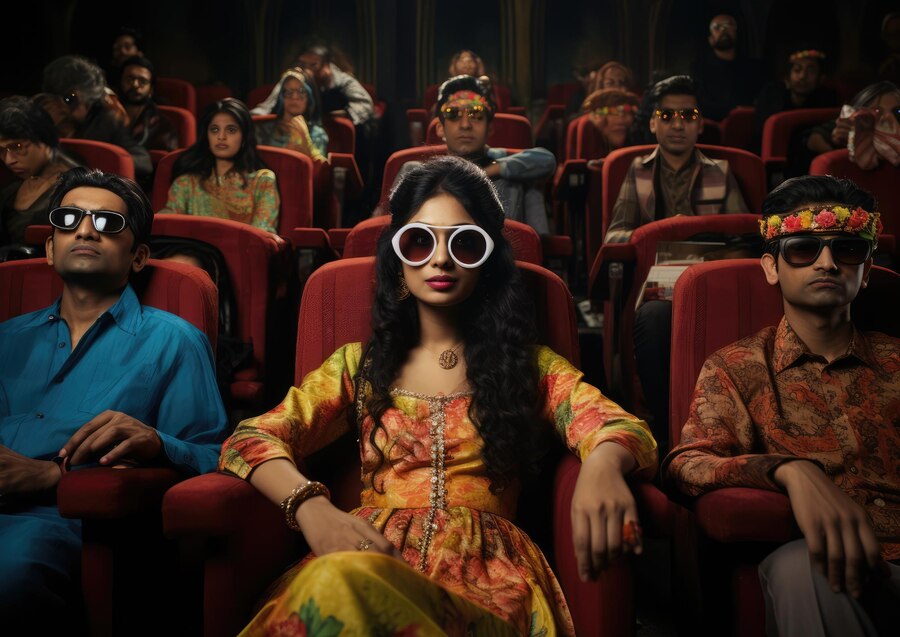Contents
- 1 The Evolution of Indian Cinema
- 1.1 The Golden Years and Beyond
- 1.2 Changing Times and New Faces
- 1.3 FAQs
- 1.3.1 Q1: What was the first movie ever made in India?
- 1.3.2 Q2: Who are the famous people from the early days of Indian cinema?
- 1.3.3 Q3: What happened to Indian films in the 1970s?
- 1.3.4 Q4: Which actresses had an impact on the golden years of Indian cinema?
- 1.3.5 Q5: Who are the most famous actors and actresses in Indian films today?
- 1.3.6 Q6: What effect has regional cinema had on Indian films?
- 1.3.7 Q7: Where can I find classic Indian films to watch online?
The Evolution of Indian Cinema
Indian cinema started with silent frames and stories about culture. It wasn’t until much later that films became big hits with dance scenes and fancy sets. Dadasaheb Phalke directed Raja Harishchandra in 1913. This was the beginning of what would become one of the most diverse and lively film industries in the world. This silent movie was a mythological drama that set the stage for decades of stories based on folklore, spirituality, and tradition.
By the 1930s, Indian films had sound. Alam Ara was the first talkie in 1931, and it started a trend of musicals that would change the way people think about popular movies forever. Songs became a way to express feelings, and actors were chosen not only for how they looked but also for how they sounded. This change led to a whole new way of telling stories, where dialogue, lyrics, and music all became one.
As the industry grew, regional cinema became very popular. Directors like Satyajit Ray brought Bengali films to the attention of the world. His 1955 film Pather Panchali was a huge hit. His humanistic way of telling stories gave everyday life a quiet, artistic look that was very different from the usual musical dramas. Malayalam, Tamil, Marathi, and Telugu films started to make their own unique sounds, talking directly to people in their own areas while also adding to the national film legacy.
The Golden Years and Beyond
Many people think that Indian films were at their best in the 1950s and 1960s. During this time, famous stars rose to fame, and their legacy lives on today. Raj Kapoor, who was often called the “showman,” was an actor and director who made films that mixed romance, politics, and social issues. People still remember the songs from his movie Shree 420, which became a classic not just for its message but also for the songs that still echo through the years.
Dilip Kumar was another big star of the time. He was known for his method acting and sad roles. His emotional depth and realism gave Hindi films a new, intense flavour. Dev Anand, on the other hand, became the stylish, flirtatious hero. His charm lit up the screen in hits like Guide and Jewel Thief. Actresses like Nargis, Meena Kumari, and Madhubala made their roles more graceful and meaningful, showing that films were just as much about strong female stories as they were about romance or action.
A new kind of hero came along in the 1970s. The “angry young man” took the place of the romantic and tragic leads. Amitabh Bachchan was the face of Indian cinema’s changing mood with films like Zanjeer, Deewaar, and Sholay. He became a household name because of his strong screen presence and deep voice. During this time, parallel cinema also grew. Actors like Naseeruddin Shah and Shabana Azmi gave powerful performances in films that dealt with real-life problems and politics.
Changing Times and New Faces
Newer faces became popular in the 1980s. Sridevi became famous for her expressive eyes and amazing dancing skills. She was unforgettable because she could do so many things, from Tamil and Telugu films to being the queen of Bollywood. Anil Kapoor, Sunny Deol, and Jackie Shroff were the stars of the show, and they did a great job of balancing action and emotion.
Indian films were going through changes in the 1990s. The globalisation of markets, the rise of satellite television, and changing audience tastes all led to a mix of old and new ways of telling stories. During this time, Shah Rukh Khan, Salman Khan, and Aamir Khan all became famous. With films like Dilwale Dulhania Le Jayenge and Kuch Kuch Hota Hai, Shah Rukh became the clear king of romance. Aamir pushed the limits of creativity with Lagaan, Dil Chahta Hai, and Taare Zameen Par. Salman, on the other hand, built his career on popular films and memorable characters.
Actresses like Kajol, Rani Mukerji, Madhuri Dixit, and Karisma Kapoor also had to deal with a lot of emotional weight in many films. They were expressive and powerful, and they had a lasting effect on both popular and critical films.
As the 2000s began, multiplex culture made it possible for a wide range of films to be shown, from small indie dramas to big-budget hits. Directors like Karan Johar made shiny family dramas, while Vishal Bhardwaj and Anurag Kashyap looked into darker, more experimental themes. Stars like Hrithik Roshan and Priyanka Chopra started to change what it meant to be a mainstream actor by balancing skill with glamour.
Streaming services have been very important in the last few years. Movies can now be seen by people all over the world without having to be shown in theatres. Web series and independent films have made actors like Pankaj Tripathi, Radhika Apte, and Manoj Bajpayee very famous. People have never been more hungry for new stories and good acting.
Movies today are more diverse and welcoming. Alia Bhatt and Ranbir Kapoor are still great in both commercial and character-driven roles. Deepika Padukone balances big-budget films with strong stories. Ranveer Singh’s choices and energy have made him one of the most interesting stars in recent years. They keep trying new things and changing, from action-packed thrillers to sweet love stories.
Related: Best Books to Read — From One Bookworm to Another
Language barriers are no longer a problem for regional cinema in India. Stars like Allu Arjun, Vijay, Nani, and Dulquer Salmaan are popular all over India. Movies like Pushpa, RRR, and Jailer have done very well, showing that good stories can be understood in any language. You can watch most of these films on Netflix, JioHotstar, Prime Video, and Zee5.
Indian cinema’s history isn’t just about films; it’s also about language, society, and dreams. It shows hopes, shows struggles, and gives a way to get away that still feels very personal. It has grown with its audience, from black-and-white classics to bright OTT dramas. It has always been a place for magic, memory, and meaning.
Don’t miss: 10 Stock Market Best Movies: Cinematic Tales of Money, Greed, and Ambition
FAQs
Q1: What was the first movie ever made in India?
Dadasaheb Phalke directed the first full-length Indian movie, Raja Harishchandra, in 1913. It was a silent movie based on mythology, and many people think it was the first Indian movie. Film History Portal has more information about this important event.
Q2: Who are the famous people from the early days of Indian cinema?
Raj Kapoor (Awara, Shree 420), Dilip Kumar (Mughal-e-Azam, Devdas), and Dev Anand (Guide, Jewel Thief) were all legends who helped shape the language of films by bringing together elements of social realism, romance, and unique acting styles. You can watch a lot of their movies on Zee5, YouTube Movies, and Eros Now.
Q3: What happened to Indian films in the 1970s?
With the arrival of Amitabh Bachchan in Zanjeer, Deewaar, and Sholay, the 1970s changed the tone. These films introduced the “angry young man” character, which showed how people were getting more and more angry about social injustice. You can watch Sholay on Prime Video.
Q4: Which actresses had an impact on the golden years of Indian cinema?
Madhubala (Mughal-e-Azam), Meena Kumari (Pakeezah), Nargis (Mother India), and later Sridevi (Chandni, Mr. India) changed the way Indian films portrayed female leads. You can watch a lot of their films on JioCinema and Sony LIV.
Q5: Who are the most famous actors and actresses in Indian films today?
Shah Rukh Khan in Pathaan, Salman Khan in Tiger Zinda Hai, and Aamir Khan in Dangal are just a few of the stars who are still breaking records today. Alia Bhatt (Raazi, Gangubai Kathiawadi) and Ranbir Kapoor (Barfi!, Brahmāstra) are also modern-day icons. You can watch films like Dangal on JioHotstar.
Q6: What effect has regional cinema had on Indian films?
Tamil, Telugu, and Malayalam cinema are examples of regional industries that have made national hits like Baahubali, RRR, and Drishyam. People know the names of stars like Allu Arjun, Dhanush, and Fahadh Faasil. You can watch Baahubali and RRR on Netflix and Zee5.
Q7: Where can I find classic Indian films to watch online?
You can easily find classic and modern Indian films on Netflix, Prime Video, JioHotstar, Zee5, Sony LIV, and JioCinema. These sites have a lot of different titles from different genres, languages, and decades.





